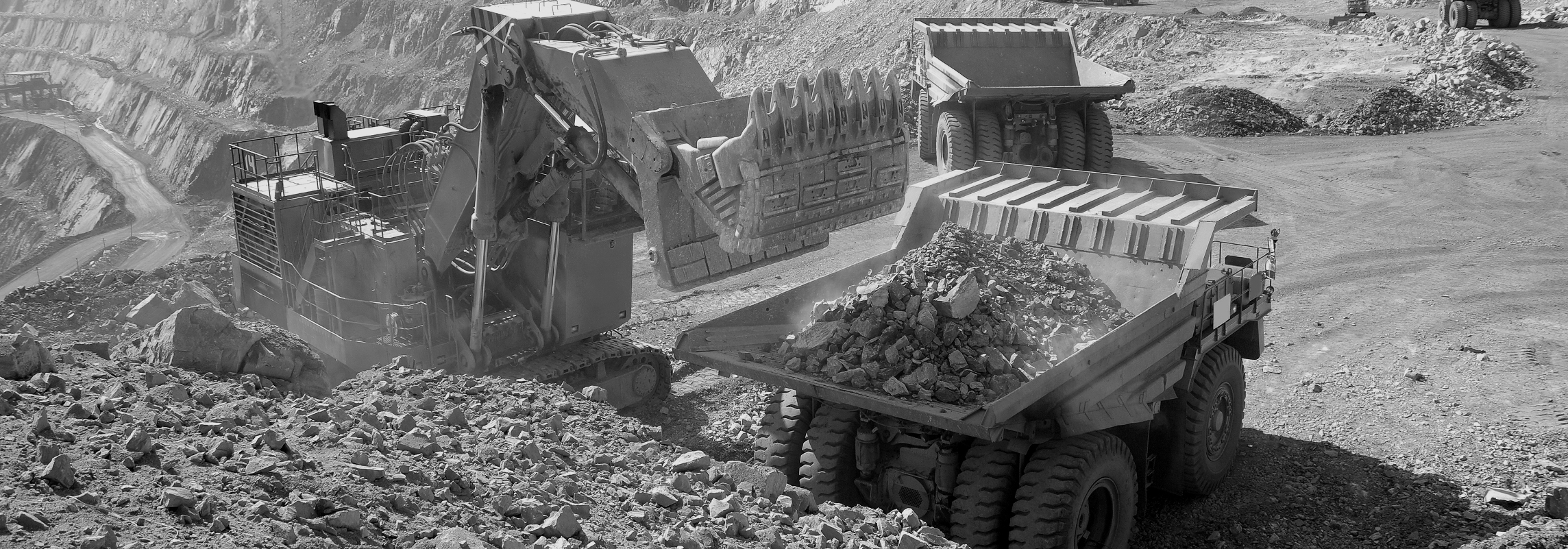Independent Owner-side Governance Assured
Integrated Project Intelligence: Unlocking full operational value in open-pit mining
A new approach to mining project performance, driven by intelligence.
A mine that was meeting its targets — but missing its potential
At the surface, the mine was running well. Production targets were being met. Machines were working hard. Stores were stocked. Budgets were being managed. Yet underneath the day-to-day achievements, something less visible was happening — minor inefficiencies, small misalignments, early signs of project drift.
No single issue was alarming. But over time, the ripple effects of disconnected systems, isolated departments, and reactive management began to show. Unexpected cost variances appeared during capital drawdowns. Unplanned equipment downtime started impacting production rates. Inventory shortages delayed critical maintenance tasks. Each problem on its own was explainable. Together, they revealed a deeper opportunity that was being missed.

Asking better questions to find hidden gaps
When Tacmin.ai first engaged with the mine’s leadership team, the conversations did not begin with disruption or wholesale change. Instead, they started with sharper, practical questions that cut to the heart of operational performance. Were project costs truly aligned to real production output? Could leadership see, live, how their mobile assets were performing — and understand the impact of downtime on financial targets? Was the inventory system structured to support operational continuity, or was the supply chain reacting too late to critical needs?
The answers reflected what is common across many open-pit operations. The mine was delivering on the surface, but without a fully connected view across its operating systems. The opportunity was not about fixing failure. It was about uncovering and connecting operational intelligence that had been hidden between silos.
Connecting intelligence across costs, assets, and supply chains
Tacmin.ai’s engagement began with discovery, not disruption. By integrating project cost structures, mobile equipment performance tracking, and inventory management into a unified platform, the mine’s leadership gained a level of operational visibility they had never experienced before. Project and cost control optimisation linked live production data directly to budget forecasts, enabling leadership to uncover subtle cost variances early and align capital drawdowns with actual site conditions.
Equipment performance optimisation revealed utilisation patterns, emerging mechanical risks, and strategic redeployment opportunities — all grounded in real-time operational data. Meanwhile, inventory optimisation restructured stock data at the source, embedding live tracking and predictive analysis to ensure that critical parts and consumables were available ahead of operational demand, not behind it.
Each step connected operations more tightly to project strategy. The leadership team could now act with precision, based on an integrated, real-time understanding of their operations.
Tangible improvements without disruption
The improvements were tangible, achieved without restructuring the operation or disrupting productivity. Capital forecasts became more accurate and defensible, improving internal financial control and external reporting credibility. Fleet utilisation improved significantly without adding machines or relying on costly emergency hires. Inventory holding costs were reduced, while operational responsiveness increased across maintenance and production teams.
The site did not experience a radical transformation. Instead, it experienced a strategic connection of intelligence — shifting from fragmented management to integrated oversight. Decision-making moved from reactive response to proactive leadership, allowing the mine to deliver stronger project outcomes with greater confidence.
Deeper intelligence, real-world asset understanding
As operational intelligence became connected across costs, assets, and supply chains, another critical advantage emerged. Tacmin.ai’s insights were not built solely on AI algorithms or abstract data models. They were strengthened by decades of real-world asset management expertise developed through TacminMadini’s BlueForge division.
BlueForge brings hands-on operational experience managing light vehicle fleets, heavy mobile equipment, and remote project infrastructure across mining and infrastructure sectors. This operational depth enriches Tacmin.ai’s optimisation capabilities, ensuring that every forecast, every utilisation strategy, and every inventory decision is backed by an understanding of maintenance cycles, compliance pressures, lifecycle planning, and field realities.
Where others merely surface operational data, Tacmin.ai interprets it with operational intelligence. Where others model assumptions, Tacmin.ai models realities drawn from practical asset lifecycle management. It is this integration of technical field experience and AI-driven analytics that separates Tacmin.ai from conventional digital solutions — and why it delivers outcomes that mining projects can trust.
Building the future of project certainty
At this open-pit mine, success was not achieved by reacting faster to problems. It was achieved by seeing sooner, understanding deeper, and connecting operational realities to project outcomes. Intelligence was not an added layer — it became the foundation for how decisions were made, risks were managed, and value was delivered.
Today, the leadership team operates with sharper forecasts, more reliable asset strategies, and a more resilient project supply chain. They are not just delivering tonnes to plan; they are delivering operational certainty to investors, partners, and communities that depend on their success.
This is the future of mining project delivery. It is not something distant. It is already here. It begins with one mine, one fleet, one project decision at a time — and it is built through connected intelligence, operational expertise, and strategic foresight.
It begins with Tacmin.ai - in association with TacminMadini's BlueForge division






